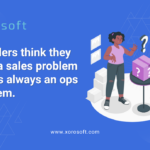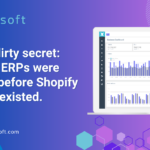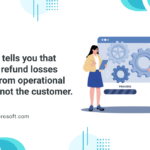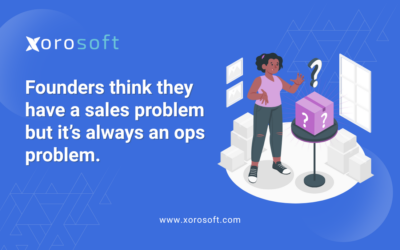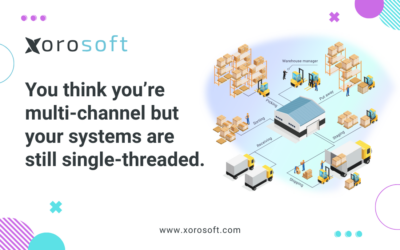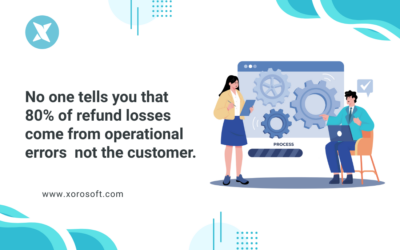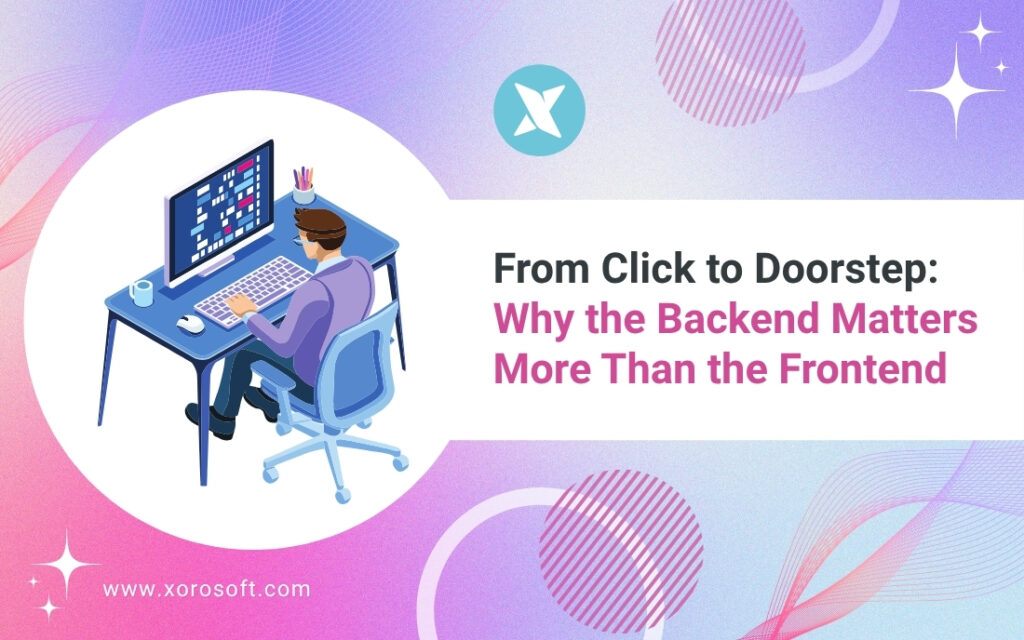
Why ERP for Fulfillment Operations Is More Important Than Your UX
Your online store may look stunning. The UX may be smooth, your product images may pop, and your checkout might be lightning fast. However, if you can’t deliver what the customer ordered—accurately and on time—it won’t matter. That’s exactly where ERP for fulfillment operations becomes critical.
In fact, while the frontend brings in sales, the backend keeps your promises. Therefore, if your backend is weak, every click is a potential liability. For modern businesses, backend operations are where reputation is either built or broken.
The Hidden Crisis: Fulfillment Ops Held Together by Band-Aids
To begin with, many scaling businesses struggle behind the scenes. For example:
-
Inventory Lies: You show “in stock,” but that product doesn’t exist—or worse, it’s sitting in a different warehouse.
-
Delayed Shipments: Because your warehouse doesn’t know what to prioritize or where to find the stock.
-
Finance Fire Drills: Your finance team is chasing down numbers across systems. As a result, month-end close becomes a 3-week ordeal.
-
Disconnected Stack: You run Shopify, QuickBooks, a shipping tool, and an Excel file—but none of it speaks to each other.
Consequently, the team wastes hours cross-checking data and responding to avoidable customer complaints. Moreover, these aren’t just inefficiencies—they’re blockers to growth. Fortunately, they’re also avoidable.
What Causes the Mess? It’s Not Just Your Tools—It’s the Lack of Unity
As mentioned earlier, the problem isn’t that your team isn’t trying. Rather, it’s that your systems are talking over each other—if they’re talking at all.
Most notably, this is especially true when businesses rely on fragmented apps. Each new integration becomes a point of failure. Over time, this Frankenstein tech stack creates:
-
Outdated inventory visibility
-
Inaccurate order statuses
-
Manual handoffs across departments
-
And a general lack of trust in the data
In light of this, companies need ERP for fulfillment operations—not more apps. Because real-time data across your supply chain, warehouse, finance, and storefront isn’t optional. It’s foundational.
Why ERP for Fulfillment Operations Is the Shift You Need
To summarize, businesses must centralize their backend to scale confidently.
Here’s where ERP for fulfillment operations changes the game:
-
Live Inventory Visibility: Know exactly what’s in stock and where—across all your warehouses.
-
Automated Fulfillment Rules: Route orders by zone, weight, or customer. On top of that, avoid decision fatigue and errors.
-
Integrated Finance: Your accounting system doesn’t just sync—it lives in the same system. Therefore, that means cleaner books and instant reconciliation.
-
Fewer Clicks, Faster Orders: Eliminate manual handoffs, reduce fulfillment time, and increase accuracy.
In addition, when everything flows from one source of truth, your team is free to focus on scaling—not fixing.
Why Xorosoft Is the ERP Built for Fulfillment at Scale
Ultimately, most ERPs either offer too little or require expensive customizations. However, Xorosoft is different. It was built from the ground up for businesses that ship physical products and demand visibility from shelf to shipping.
Here’s why Xorosoft is the ERP for fulfillment operations you’ve been looking for:
-
Built-in Warehouse Management (WMS): Real-time barcode scanning, bin tracking, and location-based picking—right out of the box. Explore WMS features
-
Cloud-native: Access anytime, anywhere. With this in mind, there’s no legacy bloat or outdated updates.
-
Native Shopify + Amazon Integrations: Seamless syncing with your storefronts. See it on Shopify
-
Live Financials + Reporting: See margins, tax, cost of goods, and inventory valuation in real time.
-
#1 in Ease of Use on G2: Xorosoft on G2 isn’t just functional—it’s intuitive.
Not only that, but Xorosoft provides real-time answers, faster onboarding, and a UI your team won’t hate. Check our case studies or Explore full features.

